In their marketing campaign, no marketer should ignore the significance of SEO. The following Magento SEO tips are particularly for you to help you understand how to do SEO on Magento pages, the eCommerce merchants.
Because the quality of Magento SEO is the deciding factor in the success of the online store. The more you configure Magento SEO for your website, the more consumers can get access to your product/service, leading to a greater potential for brand expansion.
Magento SEO optimization, however, is never an easy task and when doing SEO for an eCommerce website with a large number of product lists, it is even more difficult.
This relationship between Magento and SEO is reflected in Magento’s default features that help merchants boost their company.
Magento SEO features such as URL rewriting, image optimization, or Google Sitemap are among the reasons that make Magento 2 a popular eCommerce website platform.
Update The Latest Version Of Magento Platform

The number one Magento SEO tip is to always upgrade the current version of Magento. New versions can be updated with the best support for Magento SEO features. If you wish to get a high rank in search engines, this is the thing you want to have.
Other than that, upgrading to the latest version involves a lot of changes, including improvements to Magento SEO performance, fixing bugs, and most importantly, strengthening security.
Magento itself still recommends that all users update to the latest version as quickly as possible. When the website is always updated and refreshed, this leads to improving the efficacy of Magento SEO assistance.
Therefore, the new update helps to boost the efficiency of Magento SEO websites.
Optimize The Magento SEO URLs

Every article mentions that you need to build the Magento SEO URL keys for the web pages if you are searching for how to do SEO on Magento. It is safer if there are no codes on your website’s URLs.
In terms of Magento SEO features, you can clean URLs by following these steps: Store => Settings => General => Web => URL Options, and then set the Add Store Code to URL to No.
Product/category codes will not be automatically applied to your URLs after this setup is saved, which makes the Magento SEO URL more user-friendly.
In the Search Engine Optimization menu, transform Server URL Rewrites into “Yes” to radically clean URLs. The “index.php” phrase will also be deleted from your URLs.
URLs themselves do not, in general, have a significant effect on the ability of a page to rank. But still, they are a minor ranking factor.
Enhancing the user experience is the most significant highlight of optimizing URLs. Nobody wants a URL connection full of numbers and nonsense letters to be used.
The friendly Magento SEO URL gives both humans and bots a better view of what the website is about.
Use Proper Keywords

Magento 2 has default sample material for product title and definition, but it is not standard for Magento SEO practices. You need to edit them by clicking Content => Design => Settings.
The UI will display you a Template Configuration table, selecting the store view that you want to edit, for example. In Other Settings => Head of HTML.
For SEO in Magento, the Meta title and definition should be keyword-rich and exclusive. With the title, one rule is to place essential keywords as much as possible at the beginning of the title in order for search engines to realize them more quickly.
The keyword also needs to appear in the summary, too. One more thing is to delete from the title words like “the”, “and”. For category title and definition, do a similar action, you will have a more SEO-friendly section.
In addition, you had better insert keywords for photos with alt tags.
In short, for Magento SEO tags, keywords are very important (title tags, alt tags). If you fail to put main keywords or use additional keywords in Magento tags SEO, your site can’t get a high ranking.
Optimize Product Images

The next piece of advice for you on how to do SEO on Magento websites is not to forget to optimize your site’s product photos.
First of all, rather than a set of meaningless words and numbers, the name of the image file should accurately and clearly explain what the image is about.
For instance, you should name it black-acoustic-guitar, instead of IMG00231. The name of the file eventually becomes part of the URL of the image, so naming your file in plain English will make navigating and understanding your URLs easier for the search engine.
For whatever reason, the alt text of an image is seen when users hover their mouse over the image or websites can’t make the image. The only thing a search engine can read is the text when it scans your website, it can’t see what’s in your picture.
In order for search engines to understand them, the alt text describes the picture. In the alt text, you can add your keyword, but remember to add a fair dose of your keyword. This leverages Magento SEO Marketing’s results, which allows first-place images to be ranked.
The size of the picture is also a problem since the loading speed is affected. Normally, almost half of e-commerce shoppers won’t wait for a website to load over 3s. These days, the PNG image is so popular, but JPEGs are better choices over PNGs in terms of small size and quality.
In short, optimization of photos means optimization of Magento SEO.
Avoid Duplicate Content
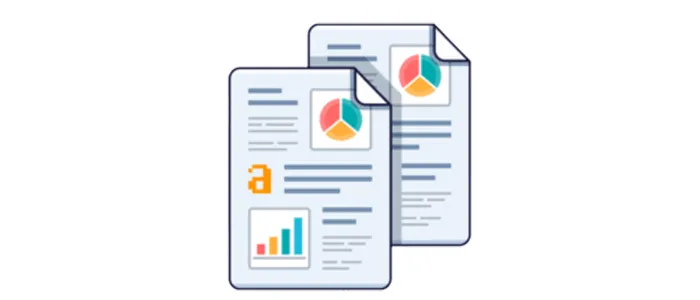
One of the main variables in the Magento SEO tip is to provide unique content. On-site search engine crawlers take it down with redundant content (multiple URLs pointing to the same or similar content).
You should specifically tell Google the URL is authoritative (canonical) for that page in order to overcome this. Google may make the option for you if you do not do anything directly or may consider them both of equal weight, which may lead to inappropriate actions.
That’s also the advantage of canonical tags, one of SEO’s Magento tags.
You can use the Canonical Tag for both the Product and the Category in the Default Magento SEO environment. To allow this issue to be worked out by the Canonical Tag option. Go to Store => Settings => Catalog => Catalog => Optimization for Search Engine.
Then set ‘Use Meta Tag Canonical Link For Categories’ to Yes,’ Use Meta Tag Canonical Link For Goods’ to Yes. SEO in Magento can be effectively configured in any way by doing both of these configurations.
Speed Up Your Site

The loading speed can influence the ranking of the site. Low loading sites are not preferable, as Google has reported. The site ranking can drop only one lower second.
To speed up your web, there are numerous Magento SEO tips for you, below are some quick but fast ways for you:
All caching features are allowed (Store => Settings => Advanced => Device => Complete Page Cache)
Set Varnish Cache to ‘Caching Application’ and then configure a few settings for Varnish, such as Access List, Backend Port & Backend Port. Without much server load, these configurations will make your subsequent page loads quicker.
Enable Flat Catalog Categories and Flat Catalog Items (Store => Settings => Catalog => Storefront => Catalog)
A flat catalog is modified automatically, contains all the relevant data about a product or category in a single table. In this way, the retrieval of catalog and cart price rules can be greatly improved by flat catalog indexing.
Merge CSS and JS files (Store => Settings => Advanced => Developer => Settings for JavaScript / CSS)
Merging separate JS/CSS files into 1 file by simply allowing the CSS/JavaScript Merge options helps to minimize web loading time for your page.
Reduce the number of external files that your server can import from
These approaches help your Magento SEO optimization get more productivity on Search result page rankings.
Speed Up Your Site – Advanced Mode

The default setting is not sufficient to improve your loading time. Yeah, your goods and visual content are low at the beginning, so you don’t need to pay a lot of attention to customize them to make your site run smoother.
However, as an online business, with your store, you should expect these files to expand enormously. And to plan, you need to.
The way these job works is to delay loading the Magento Javascript until it is made from HTML to CSS files. Therefore, as a priority rather than the needless Javascript snippet, everything important to the website is first and foremost put out.
The sooner you have the most critical piece of data, the easier it is to get consumers to participate and not to bounce back from your website.
Generate A Sitemap

For SEO purposes, sitemaps are crucial, and one of the most relevant Magento SEO tips should not be skipped. Crawlers follow the links to all the website pages in the sitemap and then crawl items back to the search engine. Therefore, in a simpler guide, a sitemap helps crawlers search each content tab.
You can create both XML and HTML Sitemaps for Magento 1 SEO optimization. Magento 2 only has XML sitemap settings, sadly.
You need to configure or use an extension such as Dynamic HTML Sitemap to create one for Magento 2 if you want to build an HTML sitemap.
Go to Store => Setup => Catalog => Catalog => XML Sitemap to customise the Site Map, such as how often the map is modified or what is included.
To create an XML Sitemap, go to Sitemap => Marketing. Add a sitemap, then add the name and route to the current sitemap. Choose Save & Create then. In the Magento 2 Generation Tutorial, learn more about the XML sitemap.
Modify Robots.Txt File
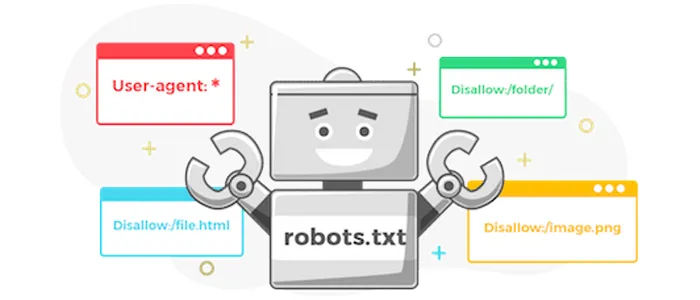
Why do we take a look at a file called robots.txt? If you build a site without real goods, the Magento SEO feature adds to your site a robots.txt file so that it is not indexed by search engines.
Your site is genuine, huh?
So don’t let the Robots.txt file keep your site from being identified by the search engine.
The robot set is “INDEX, FOLLOW” with the default SEO for Magento eCommerce. If you want to change it, go to Content => Design => Configuration and choose Store View to change the Robot.txt environment. And then scroll down to the Robot Search Engine and you’ll find the setup for it here.
Build Internal Link Network

Building internal ties is a must to obtain better results for Magento SEO support. Search engine crawlers may describe the relationship between the pages, articles, and other material on your website by following the links.
By using the default Related Product functionality, the next Magento SEO tip is to create a great network of internal links.
After this setup, you can easily connect a product with its related items: Catalog => Goods. You then choose a product to edit.
Go to Related, Up-Sell, and Cross-Sell Goods => Related Products => Add Related Products.
Bonus: Start with low-performance keywords
It takes a lot of work to do SEO optimization for a keyword or a group of keywords to the top rank. And if your platform is fresh and has low authority, it is even more difficult.
So it’s incredibly time-consuming to pick a highly competitive SEO keyword.
To get the outcome, you need to generate excellent content and promote it so hard. This isn’t a good way to approach the situation.
Only find the less competitive one and try to SEO them first, instead of trying to encourage competitive keywords.
In fact, this is the fastest way to leverage SEO optimization from Magento and develop your search traffic.
Tools like Keywords Explorer will help you find out the keyword in Magento is easier for SEO through a score called “keyword difficulty” or short KD.
Craft Your Appearance On The SERP
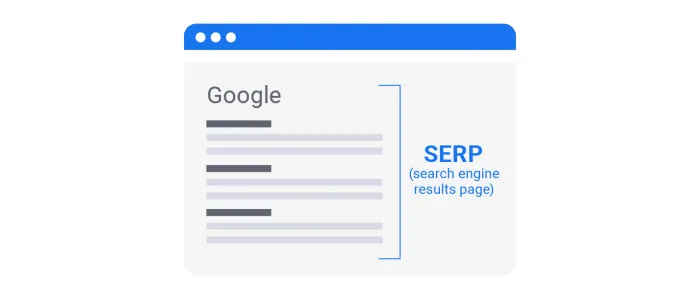
But let’s get this out of the way. Google is the one that determines which snippet they’re going to display, and depending on the search words, that may alter.
However, designing a tidy and eye-catching snippet that will distinguish your website from those on the SERP is still your work. Magento SEO tags are not an option, but a must. Nothing else matters if customers do not click on your connection.
Furthermore, with Open Graph and Twitter Card, this module also supports shaping your sharing profile. This enhancement will raise your click-through rate and help you gain the real power of social sharing.
Include Customer Review

Google is setting the algorithm in the “for users and users” direction. Therefore, with better client ratings, it prioritizes websites. And not only that it’s also a source of keyword feedback! This feedback is also named for contact, and through a conversation like this, you will improve your relationships with them.
Bonus Magento SEO tip: Ratings would be your best bet to appear on the 1st SERP if you’re a local business. Online reviews are determined by Google and many other search engines and companies are actually ranked in that order.
And because your website has an advantage on the market, as a direct result, your product will get more exposure and your CTR will rise. One more note, placing feedback on your website will dramatically increase page time and lower your bounce rate, which also increases SEO in Magento.
Mobile-First

Yeah, the aim we aspire for is sensitive across channels, but we do need to refine some sources before others. For instance, because it produces more sales, the desktop display has become the brick-and-mortar of online shop construction.
However, as the number of smartphone users grows without a roof over, it’s likely that mobile eCommerce will take over the business scene.
That’s why Magento 2 Google AMP Extension for your store needs to be installed. This extension will assist you in creating:
Magento 2 Automatic AMP pages for Category Pages and Product Pages
Use AMP-standard widgets to customize AMP homepage and CMS pages: banner, iframe, social share, image, video,
Customized CSS for each type of page
Integration of Google Analytics to analyze outcomes
Newsletter Search and Subscribe block for websites that use HTTP
Also Read: How to Get Started With Shopify?
Make Magento Tags SEO Friendly

In duplicated content prevention, we have briefly touched on this, but meta tags or SEO Magento tags are so important that a separate part is needed. Not only does metadata take up 30 percent of your ranking ability it can also serve as mini copies of your sales.
Google has recently registered its algorithm improvements when it comes to rating outcomes. They promise that there is no “quick fix” for site owners, but to develop the content to be more detailed and appropriate. For now, it’s better to test our metadata first.
Try the following:
Write a more eye-grabbing, stronger meta title
Creating a meta overview that is more engaging, informative yet short (under 3 sentences)
Conclusion
It is absolutely free, easy to do, but can still bring much better organic traffic to your site, improve site rankings, and exposure for search engines to enforce 9 Magento SEO best practices above.
With these tips, hope you can learn how to do Magento Ecommerce SEO and get some ideas to improve your SEO ranking on your website and improve Magento SEO performance.



















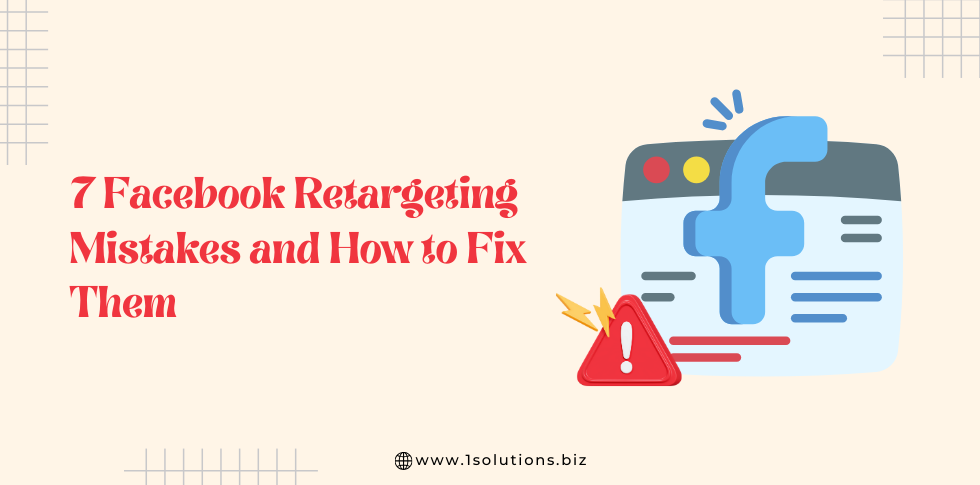
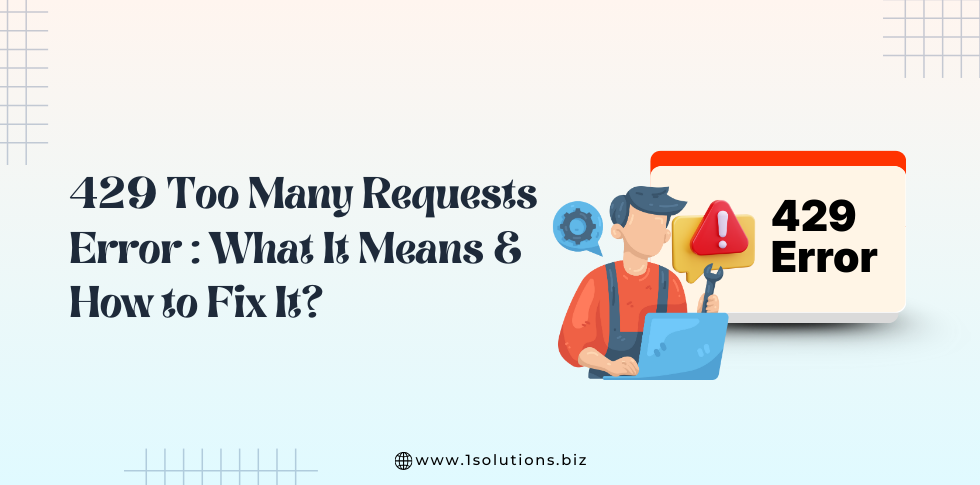
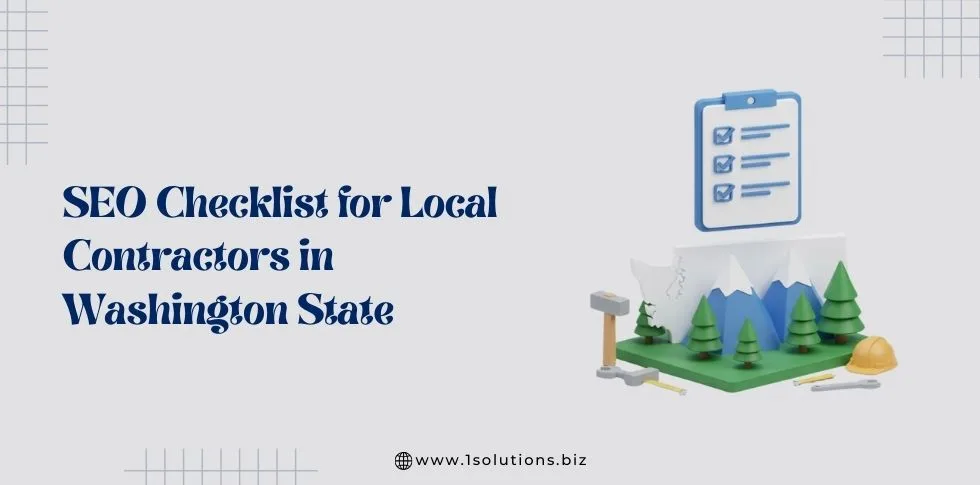
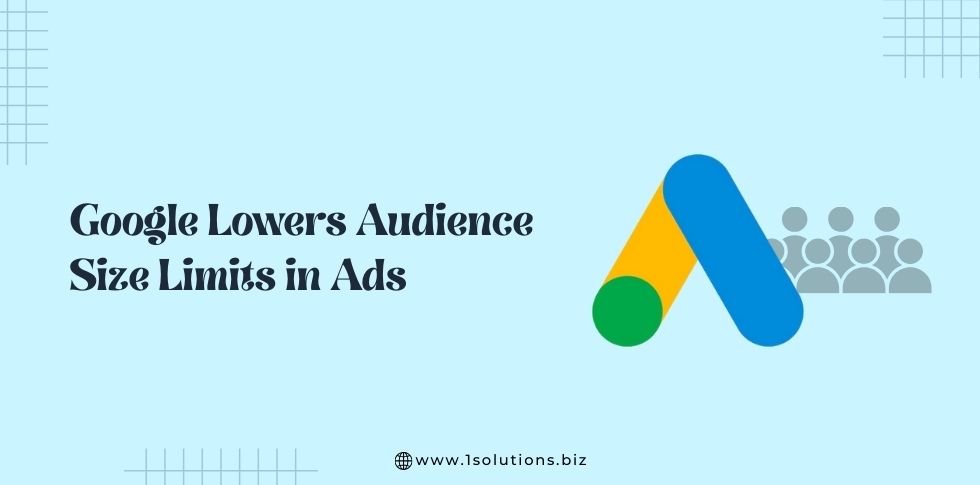


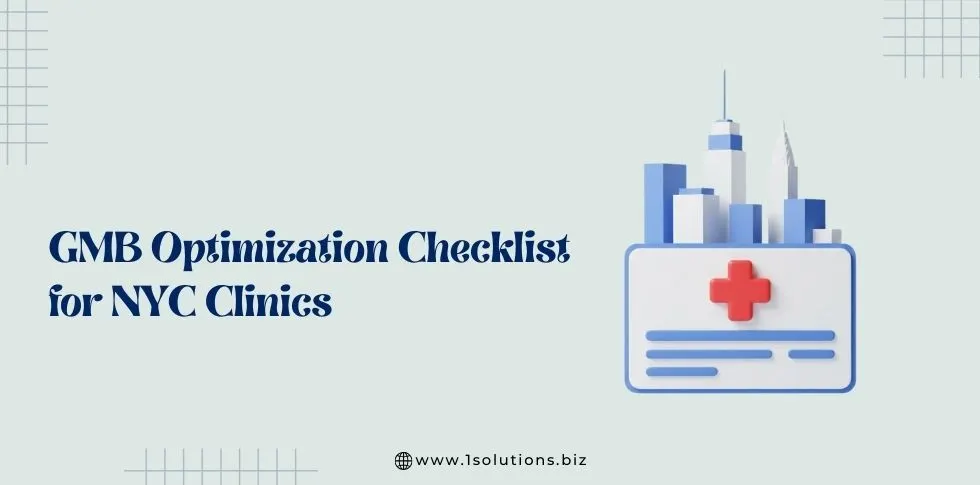





 in India
in India